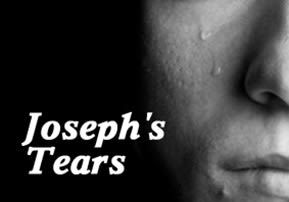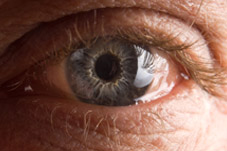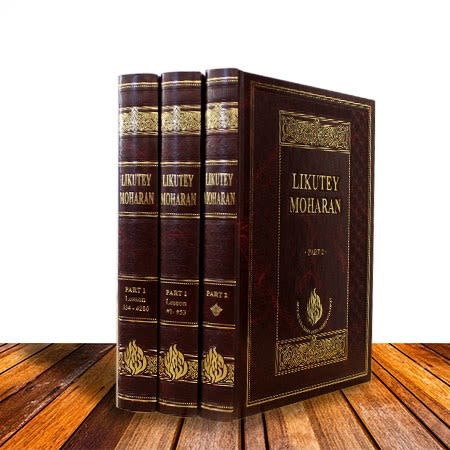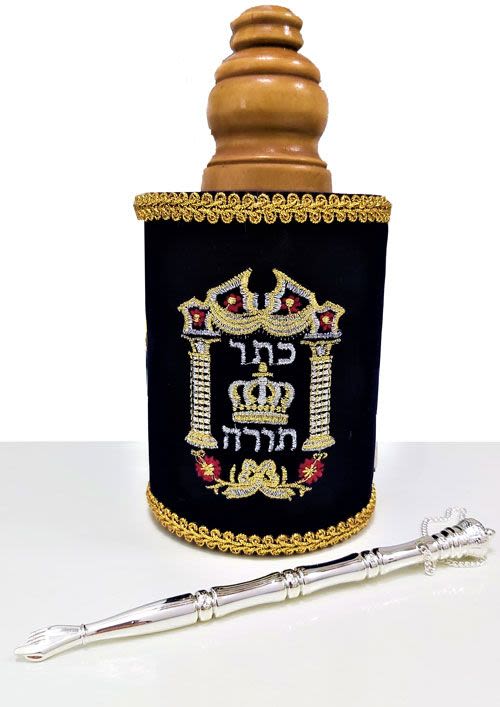
Vayigash: Joseph’s Tears
The arguing and dissension of the brothers were a bitter foreshadowing of the painful future awaiting the Jewish people...

Parshat Vayigash
The yearly cycle of the Torah reading brings us back to the exciting climax of the story of Jacob, Joseph, and the brothers. After twenty-two years, Jacob and Joseph are reunited in an emotional rendezvous. The verse tells us, "and Joseph appeared before Jacob and he fell on his neck and he cried on his neck excessively". On the basic level of the verse, Rashi explains that Joseph cried on Jacob's neck as a moving expression of their being reuniting. However, it appears from the verse that only Joseph was crying and not Jacob. Rashi explains that not only was Jacob not crying but he was actually busy saying the verse "Shema Yisrael Hashem Elokeinu Hashem Echad"- "Hear O Israel, Hashem is our G-d, Hashem is One". He was reciting the verse that Jews say twice daily affirming Hashem's ultimate sovereignty and unity.
Both Jacob's and Joseph's actions bare explanations. First, what is significant about "crying on the neck"? Wouldn't it suffice if we were told simply that Joseph was crying? Second, why did Jacob chose this particular moment to say "Krias Shema" (short for the verse of "Hear Israel")? Wasn't it possible to say it before or after their meeting? Although the commentators give a number of answers to both of  these questions, I would like to make some suggestions and try to connect a few ideas together.
these questions, I would like to make some suggestions and try to connect a few ideas together.
In the beginning of this week's Parsha, Joseph revealed his true identity to his brothers. His connection with Benjamin was uniquely poignant. "Then he fell upon his brother Benjamin's neck and wept, and Benjamin wept upon his neck." Again we find a clear reference to the neck. What is the significance of the neck? Rashi explains that there was much more to this story than the emotionalism of reunited brothers. Joseph foresaw the destruction of the first and second Temples which stood in Benjamin's portion in Jerusalem while Benjamin prophesied the destruction of the Tabernacle which stood in Joseph's portion for 369 years preceding the period of the first Temple. It seems clear that the repeated reference of "neck" signifies both the Temples and the Sanctuary. Why?
The neck is the place of connection between the head and the body, between the spiritual/intellectual and the physical. The Temple as well as the Sanctuary are those places which connect heaven and earth in this world. They are the conduit between the upper and the lower worlds. Through the "neck", blessings intended to pour down from heaven descend and all of the accomplishments and service in this world ascend to heaven to create a new cycle of blessings from above. Joseph and Benjamin saw that the hatred of the brothers would have future ramifications of severing our direct connection with the flow of heavenly blessing. The tragedies following these calamities were caused as an outgrowth of the separation between the upper and lower worlds, between the spiritual "head" and the physical "body" of this world.
Later when Joseph was reunited with Jacob he cried "excessively". Joseph cried on Jacob's neck. These tears were not only for the losses of the Sanctuary and the Temples. Joseph's tears also signified the thousand of years of exile, pogroms, inquisitions, and holocausts. The arguing and dissension of the brothers were a bitter foreshadowing of the painful future awaiting the Jewish people.
What was Jacob doing at that point in time? He was saying "Krias Shema". He well understood the pain and suffering awaiting his descendants, however his vision was on a point further in time. His thoughts were past the time of tears, to a time when "our mouths will be filled with laughter" (Psalms). His recital of "Shema" was a reflection of his awareness that just as he and his sons, including Joseph, were reunited, so too in the future the Jewish people would be reunited.
Where did this vision of Jacob come from? How was he able to transcend his son's tears and all they hinted to? In general, it is the way of the tzadik (righteous) to take unique moments and direct them towards his connection with Hashem. Jacob was filled with gratitude to the Creator and Guider of history that he was reunited with all of his children. He took those special moments to thank Hashem for the present and to connect to the future when all his children would be reunited. However, this future vision of Jacob was, in fact, very real and very concrete.
When Jacob was reunified with Joseph, what did he see? Let's try to picture the actual scene of this meeting. Rabbi Shimon Schwab ZT"L (1908-95) elaborated on this question. Joseph was the second in command of the most powerful civilization in the ancient world. He obviously didn't travel alone to meet his father. He went with hundreds, if not thousands, of advisers, ministers, soldiers and an entire entourage of dignitaries for this momentous meeting. When Jacob saw the honor that was being afforded to Joseph, he didn't see just the reunion with Joseph. Here before his eyes was a clear picture of Moshiach. Seeing a Jewish king and an entire society subservient to him made this future vision far from theoretical. This vision impassioned him to declare Hashem's unity as the Director of world history.
We are descendants of Jacob as well as Joseph and Benjamin. As Jews we live with mixed emotions and they are all important and valid. Like Joseph and Benjamin who fell on each other's "necks" over the loss of the Sanctuary and Temples of Hashem, we cry over the destruction of the Temples and the terrible tragedies that have befallen the Jewish people. On the other hand, we maintain within us a burning spark of clarity that reflects Jacob's view of Mashiach. May we soon merit to have all the tears of exile dry up and turn into laughter and joy with the rebuilding of the third Temple and Hashem's return to Zion speedily in our days.











Tell us what you think!
Thank you for your comment!
It will be published after approval by the Editor.